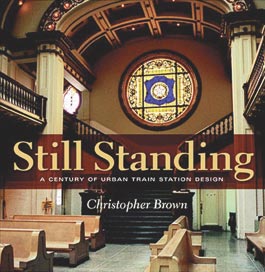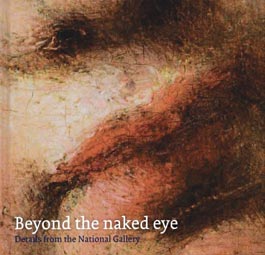home | metro silicon valley index | the arts | books | review
Book Box

Covering: The Hidden Assault on Our Civil Rights
According to Yale Law School dean Kenji Yoshino, the civil rights movement made enormous strides for equality, but it has stalled. That's because the law cannot protect men and women from being forced to "cover" their differences. The term comes from a 1963 book by sociologist Erving Goffman, which Yoshino discovered when he was first coming out as a gay man. "Passing," Goffman argued, involved simply toning down the visibility of a trait. "Covering," he wrote, happened when "persons who are ready to admit possession of a stigma ... may nonetheless make a great effort to keep the stigma from looming large." This profound and moving book describes how this subtle form of discrimination works from the outside in, beginning with Yoshino's own experiences as a law student and then university professor, who was told that things would work out for him if he was a "homosexual professional" rather than a "professional homosexual." He then moves on to legal arguments, showing how civil rights legislation apologizes for difference, thereby undercutting its advocacy. Yoshino is a gorgeous writer and a keen thinker, whose forays into his own past often do as much to elucidate this concept as his legal arguments. In this fashion, Covering embodies its author's unspoken goal: to be able to speak out without fear, with pride even. (By Kenji Yoshino; Random House; 282 pages; $24.95 cloth)
—John Freeman
San Francisco.com Real Estate
Moving to the Bay Area just became easy. Let San Francisco.com show you all the homes currently for sale.
San Jose.com Real Estate
Relocating to San Jose or Silicon Valley? Let San Jose.com introduce you to some expert area real estate agents.

Still Standing: A Century of Urban Train Station Design
Even if we do get a high-speed train from Southern California to Northern California (and the chances are about as good as surviving a hunting trip with Dick Cheney), we probably won't get any magnificent new stations in which to wait for the 5:15 to Emeryville and points north. What we're missing can be seen in large, glorious color photos in Christopher Brown's survey of some of the world's most impressive architectural spaces. Developing apace with the steam engine in the 19th century, train-station designers experimented with new structural techniques that allowed for large uninterrupted interior spaces; the 1852 Garde de L'Est in Paris effortlessly encompasses an entire "interior street." The 1894 Union Station in St. Louis, Mo. (now restored, thankfully) boasts castlelike walls and a soaring clock tower around a huge vaulted waiting room. In the 20th century, stations favored sleek Art Deco design, culminating in such treasures as the 1933 Cincinnati Union Terminal, as fancy as any movie palace, and L.A.'s iconic Union Station of 1939, a familiar set for film noir dramas. The brief text is helpful, but it is hard to turn away from the photos. (By Christopher Brown; Indiana University Press; 134 pages; $49.95 cloth)
—Michael S. Gant

Beyond the Naked Eye: Details From the National Gallery
Unfortunately, most of what we know about great paintings must be gleaned from reproductions. A photo can show us the composition of a masterwork, but it is no substitute for the up-close scrutiny that a museum-goer enjoys. This small book makes up some of the gap by reproducing details in close-up of Renaissance paintings in the collection of England's National Gallery—including works by Raphael, Fra Angelico and Cranach. These reveal nearly invisible background touches, like a miniature rabbit lurking in a grandiose biblical scene by Andrea Mantegna. Elsewhere, it is possible to study precision hairline brush strokes or the application of droplets of paint to create the impression of gold threads in garments. At their most extreme, these magnified images pass beyond representation all the way to an abstract world of cracks, ripples and squiggles—unintended but pleasing aesthetic byproducts. The book contains a somewhat overly elaborate identification scheme for matching the details to the paints whence they came. (By Jill Dunkerton and Rachel Billinge; Yale University Press; 80 pages; $16.95 cloth)
—Michael S. Gant
Send a letter to the editor about this story.
|
|
|
|
|
|
